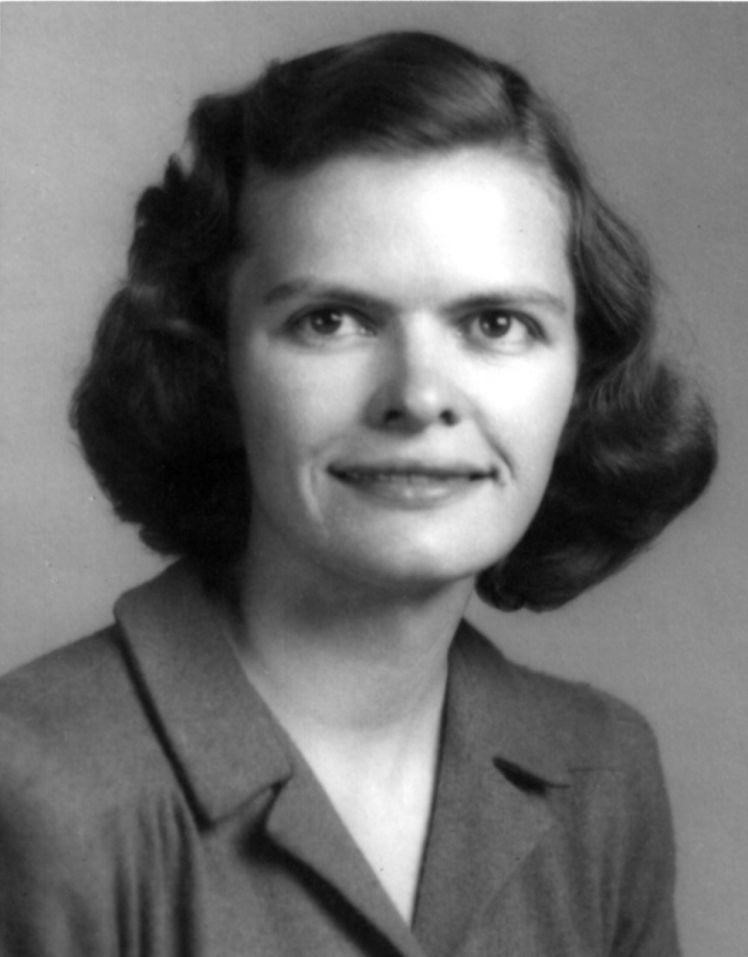Julia Bowman and her older sister Constance remained close, and both contributed to the history of mathematics. Constance, who was a journalist, was a well-known science biographer—particularly of her sister [Julia: A Life in Mathematics, Mathematical Association of America, 1996]– and popularizer of mathematics.
She said of herself: “What I really am is a mathematician. Rather than be remembered as the first woman at this or that, I would rather be remembered as a mathematician, simply for the theorems I have proven and the problems I have solved."
Her husband, Raphael Mitchel Robinson, established the Julia Bowman Robinson Scholarship Fund for graduate students in mathematics in Berkeley in 1986.
Predecessors: Elena Lucrezia Cornaro Piscopia (1646-1684), mathematician and philosopher; Émilie du Châtelet (1706-1749), mathematician, physicist and philosopher; Laura María Catharina Bassi (1711-1778), scientist, poetess and philosopher; Maria Gaetana Agnesi (1718-1799), mathematician, linguist and philosopher; Sophie Germain (1776-1831), mathematician; and Maria Skłodowska-Curie (1867-1934), physicist, mathematician and chemist, among others.
Her contemporaries were the mathematicians Katherine Johnson (1918-2020), Jacqueline Ferrand (1918-2014), Paulette Libermann (1919-2007), Vera Nikolaevna Kublanovskaya (1920-2012), and Kateryna Yushchenko (1919-2001), a mathematician and computer scientist.
Other important female scientists of the early 20th century are Barbara McClintock (1902-1992), biologist; Rosalind Franklin (1920-1958), chemist; Inge Lehmann (1888-1993) geologist and seismologist; Dorothy Crowfoot Hodgkin (1910-1994), chemist; Mary Leakey (1913-1996), anthropologist; Marie Tharp (1920-2006), geologist and cartographer; Hedy Lamarr (1914-2000), inventor; and Grace Murray Hopper (1906-1992), computer scientist and servicewoman, among others.
